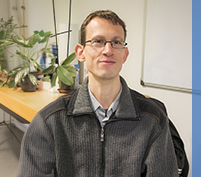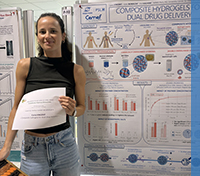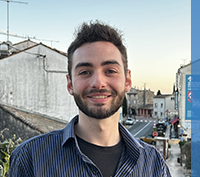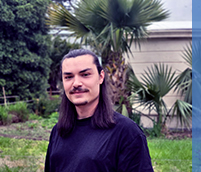PhD defence of Juhi Sharma
Juhi Sharma defends her PhD in Numerical Mechanics and Materials on October 22, 2021
Microstructural evolutions during hot forging of VDM Alloy 780: mechanisms, kinetics and mean field modelling
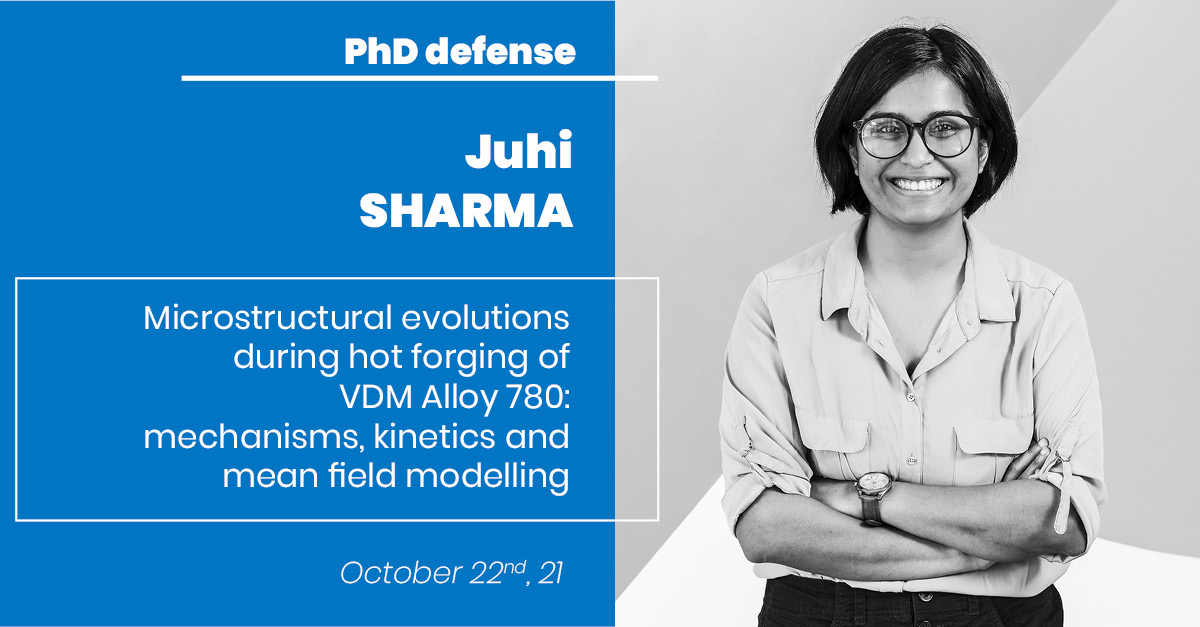
Juhi Sharma conducted her PhD work in MSR team, under the supervision of Nathalie Bozzolo et Charbel Moussa. She defends her PhD in Numerical Mechanics and Materials on Oct. 22nd, 2021 in front of the following jury:
- Pr. RAE Catherine (Univ. of Cambridge – Materials Science and Metallurgy, Royaume-Uni)
- Pr. KESTENS Leo (Ghent Univ. Technologiepark Zwijnaarde, Belgique)
- Pr. BERNACKI Marc (MINES ParisTech-CEMEF, Sophia Antipolis)
- I.R. GEHRMANN Bodo (VDM Metals international, Altena, Germany)
Abstract:
The demand to reduce the emission levels in aircraft engines has motivated the development of new high temperature alloys. VDM Alloy 780 is a new polycrystalline nickel-based superalloy, developed for turbine disc applications, with higher service temperatures up to 750°C. VDM Alloy 780 comprises of γ′ strengthening phase, in addition to the grain boundary plate-like precipitates which are identified as η/δ phase (mostly η phase but likely to include thin δ layers). A precise evaluation of the microstructural evolutions during the multistep industrial forging operations is crucial to the final properties of the alloy. Through a series of isothermal heat treatments, microstructural analyses, advanced EBSD techniques and electrical resistivity measurements, a detailed description of the precipitation behavior, associated precipitate shape and size evolutions as well as the grain growth kinetics were obtained. Hot compression tests were designed in accordance with the industrial forging conditions to determine the recrystallization mechanisms and kinetics in the supersolvus domain. The dynamic and post-dynamic recrystallization kinetics were established in function of the thermomechanical parameters such as strain, strain rate, temperature and post-deformation holding time. A mean field model was calibrated based on those experimental results and proved to be capable of correctly predicting the microstructural evolutions in the single-phase domain. In addition, the influence of the second phase particles on the recrystallization behavior in the subsolvus domain was investigated. This work provides guidelines to optimize the industrial forging conditions for this new superalloy to obtain a homogenous and fine-grained microstructure.
Keywords: Polycrystalline nickel-based superalloys, hot forging, recrystallization, grain growth, precipitation, mean field modelling





